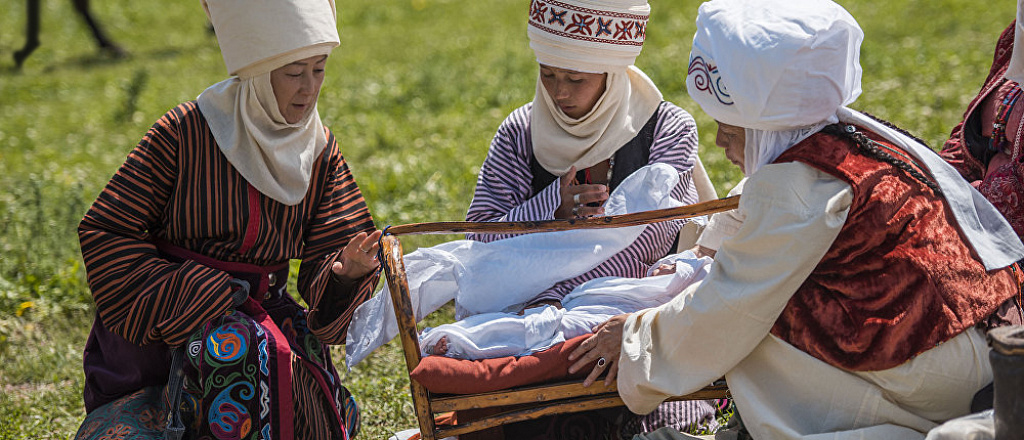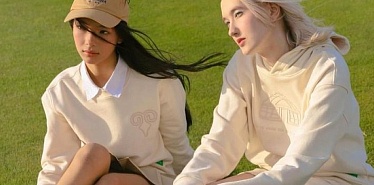Сhild birth
The midwife helped place the baby in a comfortable prenatal position and cut the baby's umbilical cord immediately after birth. It also helped protect the mother and newborn from evil spirits. The midwife was considered the patroness of women and babies.
Shildekhana
People were sent to all relatives with the news of the birth of a child, asking for a reward for the good news. Relatives and friends celebrated the birth of the baby. During the day, friends and relatives come with wishes, in the evening, the gathered guests have fun and dinner.
Beshik toi
The birth of a child was accompanied by rituals, one of which is called beshik toi. It is held on the fortieth day of the child's birth. Cattle were sacrificed, and a rich broth was boiled from their meat to restore the strength of the child's mother. A comb and mirror for girls or a bridle for boys were also placed in the cradle.
The ritual bathing
On the fortieth day, the child was bathed in a bowl of saltwater, so that the child was truthful and brave. Coins and jewelry were placed in the water. After bathing, the baby was watered with forty spoonfuls of water, and the women who took part in the ritual took jewelry from the bowl as a gift. Besides, on this day, the child's nails and hair were cut for the first time.
Cutting threads
When the child began to take the first independent steps, a celebration was held and rituals dedicated to the first steps of the child were performed. To do this, the child was taken out in front of the Yurt on a white cloth, tied with a thread, woven from two thin woolen threads. The threads had to be white and black. The threads symbolized the struggle of two principles-light and darkness, good and evil. According to the ideas of the Turks, human life consisted of both bright and joyful days and sad ones. Traditionally, the bonds were cut by an adult woman chosen by her parents.
Circumcision
Circumcision is considered an important event at a certain stage of a boy's life because it is after circumcision that he can be called a man. In honor of the newly-made Dzhigit, the Turkis organized a big holiday. The boy was given generous gifts and money on this day. There is no age limit for circumcision. But it is desirable to hold it until adulthood. Usually, circumcision was performed when the child was 3, 5, 7 or 9 years old.
Photo source: Tabyldy Kadyrbekov













